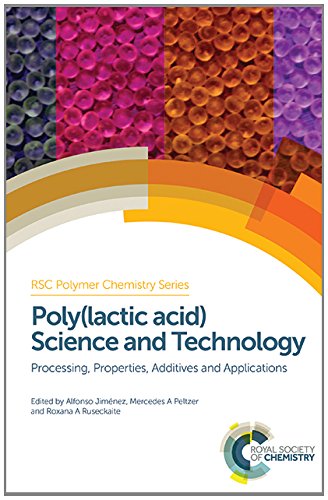

Most ebook files are in PDF format, so you can easily read them using various software such as Foxit Reader or directly on the Google Chrome browser.
Some ebook files are released by publishers in other formats such as .awz, .mobi, .epub, .fb2, etc. You may need to install specific software to read these formats on mobile/PC, such as Calibre.
Please read the tutorial at this link: https://ebookbell.com/faq
We offer FREE conversion to the popular formats you request; however, this may take some time. Therefore, right after payment, please email us, and we will try to provide the service as quickly as possible.
For some exceptional file formats or broken links (if any), please refrain from opening any disputes. Instead, email us first, and we will try to assist within a maximum of 6 hours.
EbookBell Team

5.0
30 reviewsBiodegradable polymers from renewable resources are sought after for many purposes, from packaging materials in food to biomedical applications. Poly (lactic acid) (PLA) is a well-known biopolymer derived from corn starch or sugar cane used in different food packaging and artificial bones and scaffolds. Poly(lactic acid) Science and Technology first introduces the basic concepts of PLA and then covers PLA synthesis and polymerization, processing, characterization and physical properties of PLA, PLA-based nano-biocomposites, the main applications in active packaging and as biomaterials for tissue engineering, degradation and biodegradation of PLA and finally industrial and legislative issues. This interdisciplinary approach provides readers with a general overview of all relevant aspects related to PLA including fundamental issues, innovative applications, new types of processing and emerging applications, modification of PLA, life cycle assessment, bio-additives, bio/degradation and sustainability and international regulations. Experts provide a complete resource and whole perspective on PLA covering scientific, ecological, social and economic issues. The book will appeal to chemists, food technologists and materials engineers as well as researchers interested in bio-based and biodegradable polymers and composites